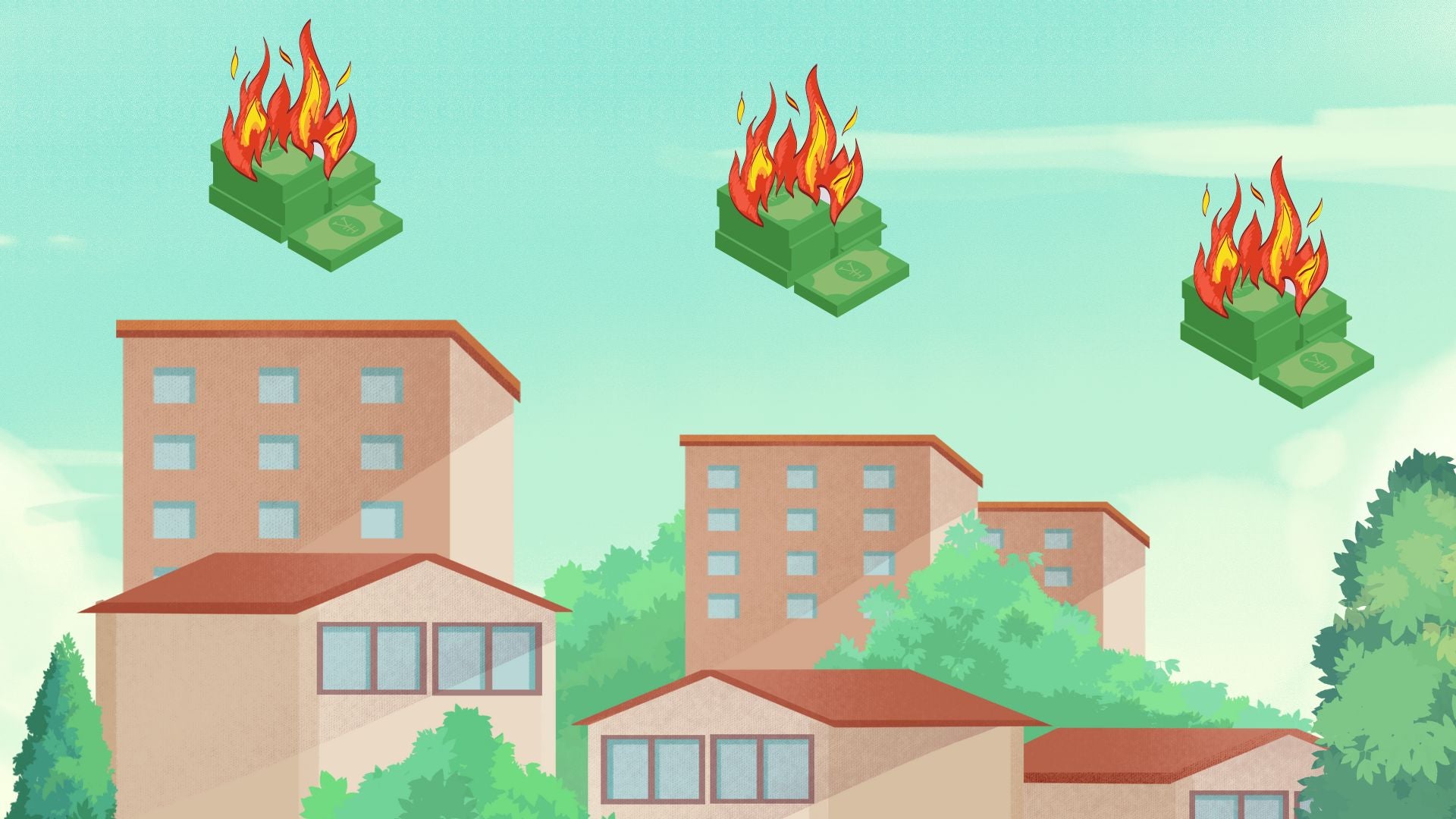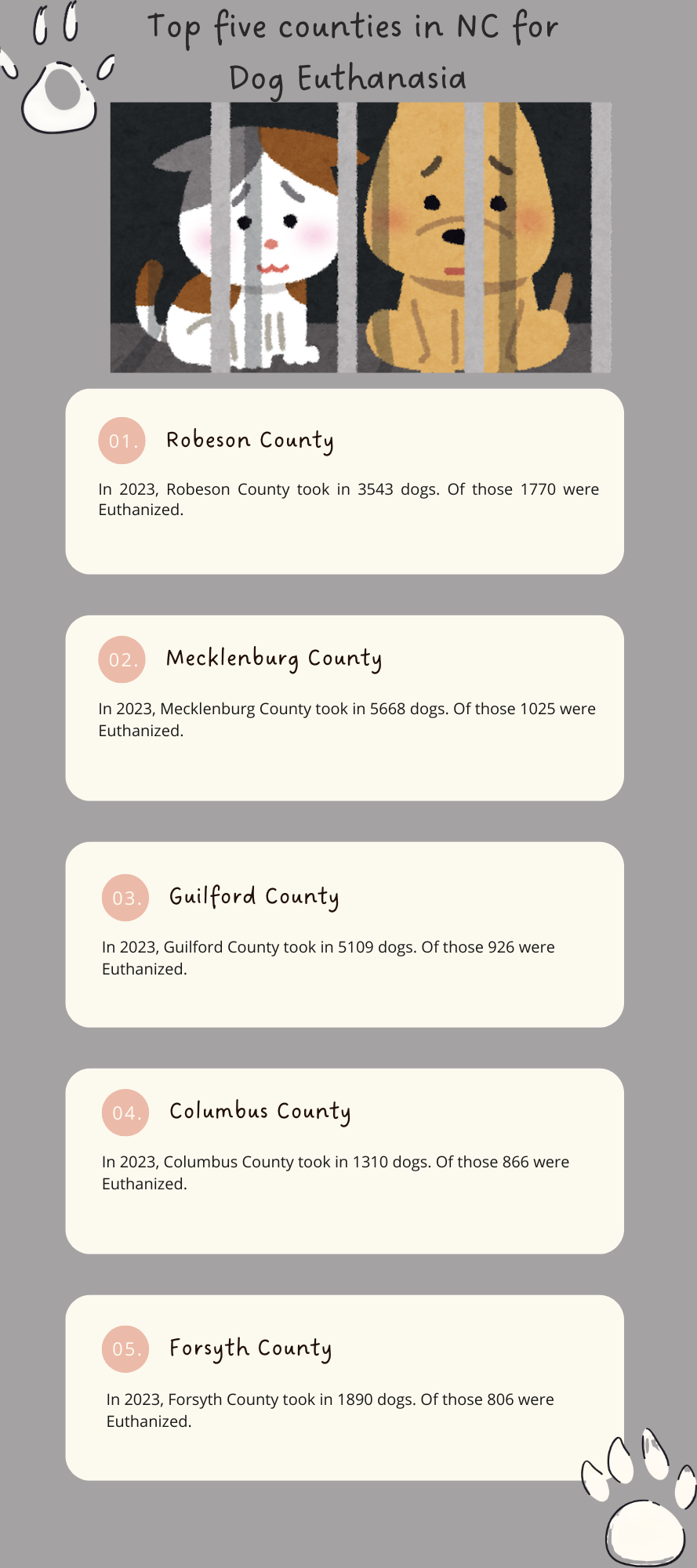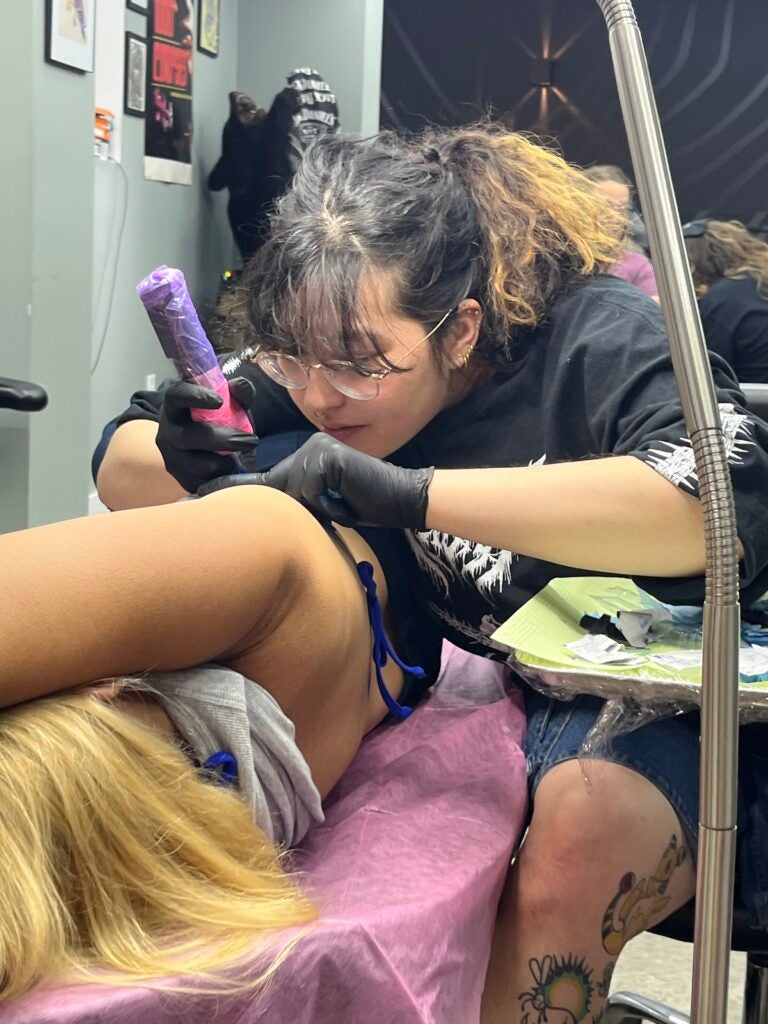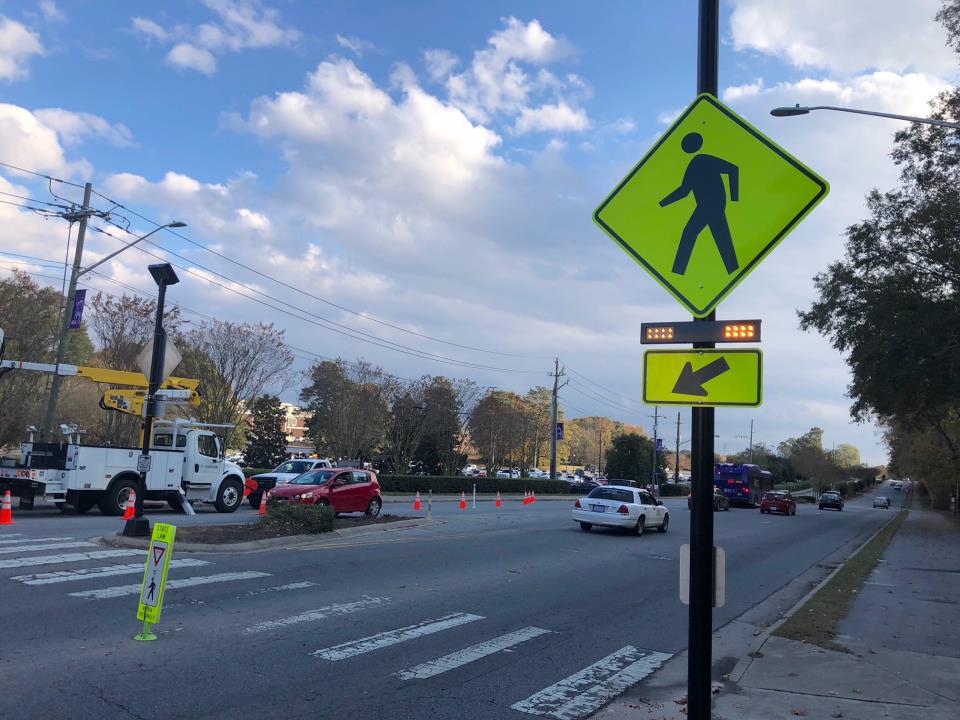Pitt County Human Services Center. Photo by Darian Hale
Darian Hale/ 3/18/25 Unfurls
Many families in Pitt County face the harsh reality of not being able to obtain financial help with childcare. Pitt County offers an abundance of childcare centers but little help to afford them.
Families in need often turn to government childcare subsidies to be able to afford childcare and work, but many in Pitt County are not getting that assistance.
Subsidies are a lifeline for many parents, guaranteeing their kids’ well-being while they work or go to school.
Yet, many families in Pitt County are waiting to receive assistance, with some waiting as long as 18 months.
This jeopardizes parents’ need for employment, leaving homes with one parent depending on one sole income.
And the list is getting even larger for those who need subsidies. “Our waitlist is larger than ever and is increasing,” said Tawni Mosley, director of the Nancy W. Darden Child Development Center at East Carolina University.
The requirements for subsidies are also tough for parents who are already balancing work and other obligations.
One such parent is Daneshia Nichole, a mother of five in Pitt County, who said the requirements are difficult and the process is slow.
“Honestly, getting childcare subsidies is a hassle; so many requirements are needed,” Nichole explained. “And if you make a certain amount or miss one day, when you go (to) get in the program, well, they can end up throwing that possibility of subsidies out the window.”
For four years, the North Carolina Division of Child Development and Early Education has documented a steady decline in low-income North Carolina families receiving childcare subsidies.
The number of Pitt County families being helped has also dropped.
In 2021-2022, 3,595 children in Pitt County were potentially eligible for subsidized childcare assistance, but only 1,590 children, or 44% of those eligible, received assistance, according to state data.
However, by 2022-2023, even fewer children were helped. Although the number of eligible children in Pitt County stayed the same at 3,595, only 1,498 children actually received childcare assistance, or only 41.67%.
The situation worsened in 2023-2024. The number of potentially eligible children in Pitt County jumped to 8,984, or more than double the number from the year before.
However, funding for the subsidies increased only slightly, from $12.3 million in 2022-2023 to $12.6 million in 2023-2024.
Parents in need noticed things getting worse.
“I find it strange that help in receiving childcare subsidies has gotten harder,” Nichole said. “I know something was going on in 2023; I feel it could be mismanagement or stricter requirements.” Nichole said she has received childcare subsidies in the past, but obtaining subsidies now has become more difficult.
During 2023-2024, only 1,813 Pitt County children received assistance, or just 20.18% of those who were eligible.
This is less than half of the share of eligible children who received help in 2021, showing a clear decline in access to subsidized childcare.
Despite more funding being available in 2023-2024 compared to previous years, fewer children are receiving the assistance they need.
And the gap between the number of children who need help and the number who get it is growing.
Statewide, the trend is similar. In 2023-2024, North Carolina had over 448,000 children eligible for subsidized childcare, but only 64,333 children, just 14%, were receiving assistance.
The sharp decline in the percentage of eligible children in Pitt County and across the state receiving childcare subsidies is a growing problem for low-income families, especially with the cost of childcare rising.
According to the NC Department of Health and Human Services, the cost of childcare for just an infant and 4-year-old can be as much as $17,593 for one year.
The purpose of childcare subsidies is to help families deal with the growing expense of daycare. According to the North Carolina Market Rate Study, subsidies can vary from $500 to more than $1,000 per month, depending on the age of the child and the kind of care required.
According to a 2022 report for the North Carolina Division of Child Development and Early Childhood Education, the average cost of infant care in North Carolina was between $480 and $730 per month, and is higher today.
And if a family has more than one child needing care, the cost can skyrocket.
Subsidies vary by a family’s income and household size, with subsidies potentially helping families to pay for all or a portion of childcare expenses.
“If the federal government doesn’t have the funding, this reduces the number of children that can be served,” said Mary Perkins-Williams, a Pitt County commissioner and Department of Social Services board member.
Perkins-Williams added that recent job growth means more people going to work, and they need someone to look after their children – but only for a few years.
“Often it is only the children in age groups from infants to toddlers. By age 5 they are at public school, and the burden lessens on the parents,” said Williams.
Overall, the number of low-income families receiving help paying for childcare has dropped by half over a four-year period in North Carolina.
Some of this has to do with cuts in federal funding for childcare after 2021. During the COVID-19 pandemic, $1.3 billion in funds from the American Rescue Plan Act went to childcare subsidies.
These funds allowed North Carolina’s childcare infrastructure to continue running through the pandemic. Although these funds were set to sunset in 2023, they were extended until June 2024.
Now, however, federal funds for childcare in North Carolina have fallen to around $400 million, which is given to the state and then filtered through the 100 counties.
“As of August 2024, counties were advised to implement a waiting list for childcare. This is due to no longer receiving (American Rescue Plan) funds,” said Deidire Hill, the North Carolina program manager for childcare subsidy and employment services.
The federal funding is not just for parents in subsidy programs but also to help pay childcare workers.
This leaves childcare centers raising the cost of childcare even more and sometimes closing altogether.
Such closures burden low-income families, and when they look for help in paying for the increased cost, some counties have no help for them.
“At this time, the county does not have funding for childcare subsidies. This is not just in Pitt County; this is statewide,” Hill explained.
“Only a few counties currently have funding, so there is a waitlist for those that may be eligible.”
The option for parents is to sit and wait hopefully for the funds to be available, but many are worried.
“We need to get this fixed. I think we really need to have more evaluations of our applications when we apply. I fear the federal government, though, will ignore us struggling families,” said Nichole.
As of now Nichole is still on the waitlist along with the other families still hoping to get subsides.
Perkins-Williams added that she wishes Pitt County could do more, “but currently we can only evaluate cases for families and wait for these funds, especially at the local government level.”














